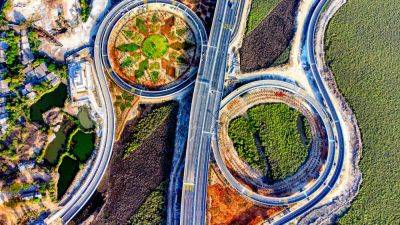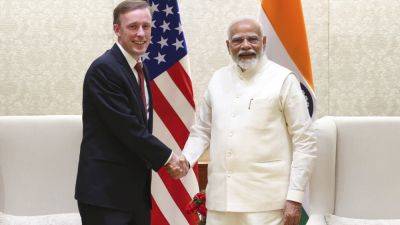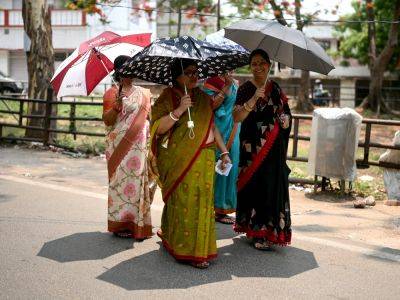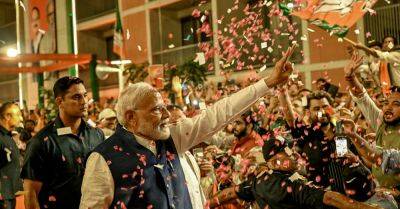Narrow Modi win suggests voters saw through rhetoric
India’s ruling Bharatiya Janata Party, or BJP, had hoped for a landslide victory in the country’s six-week general election – the largest display of democracy, by far, in a year of voting around the world. But with results still coming in on June 4, 2024, the party, led by Prime Minister Narendra Modi, looked to be heading to only a narrow parliamentary majority.
The BJP needs 272 seats to form a government on its own, failing which it will need the help of its coalition partners, the National Democratic Alliance.
The Conversation US spoke with Sumit Ganguly of Indiana University to understand more about the election results and what they mean for Indian democracy.
The BJP had talked about an overwhelming victory, but it seems it will not get a majority. How do you explain these results?
Part of the answer lies in the Modi government’s failure to realize that while economic benefits had been substantial, their distribution has been uneven. India has seen a growth in inequality and persistent unemployment both in rural and urban areas. Unemployment of those aged 20 to 24 years is at a high of 44.49%. And that is the overall national number; that data does not tell us that it may be much worse in certain regions.
The other explanation is that Modi’s exploitation of historic Hindu-Muslim tensions seems to have run its natural course. You can beat the religious drum – and Modi did with rhetoric including calling Muslims “infiltrators” – but then the day-to-day issues of jobs, housing and other such necessities take over, and these are the things people care about the most.
BJP made a miscalculation, in my analysis. It failed to realize that in a country where only 11.3% of children get adequate nutrition, Hindu pride cannot







